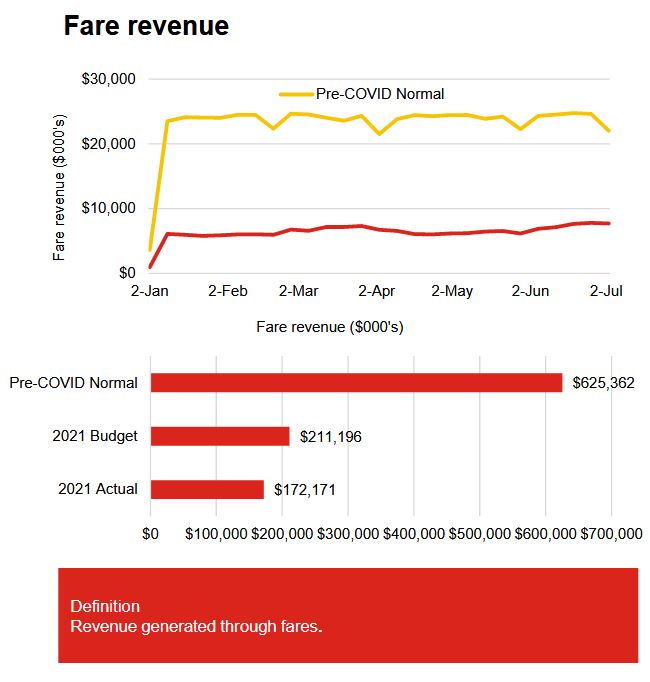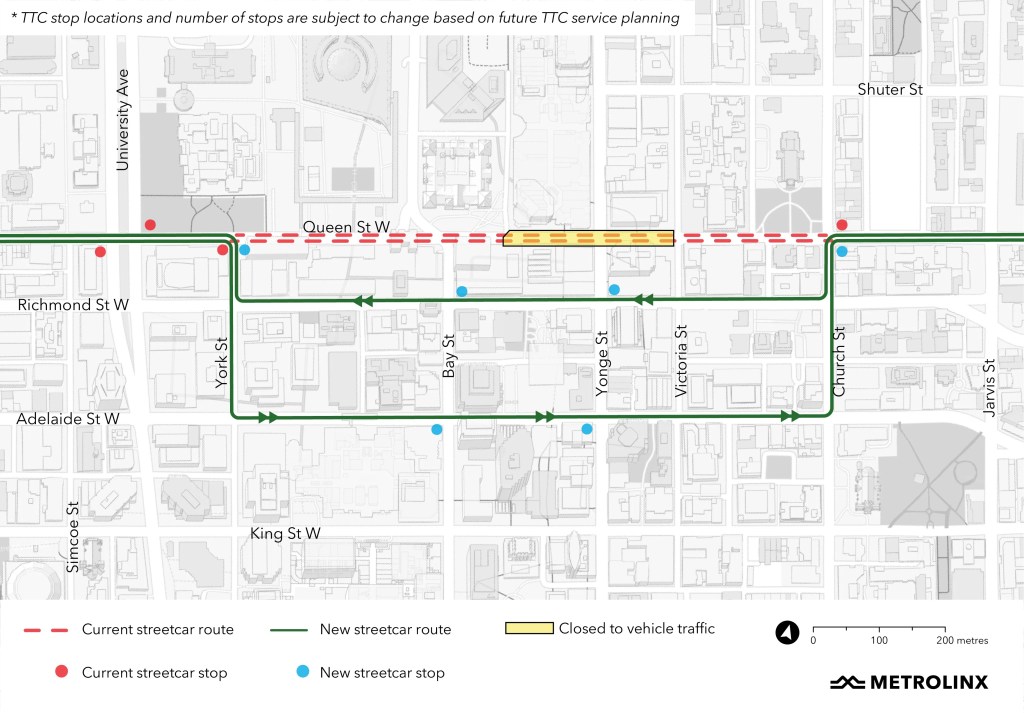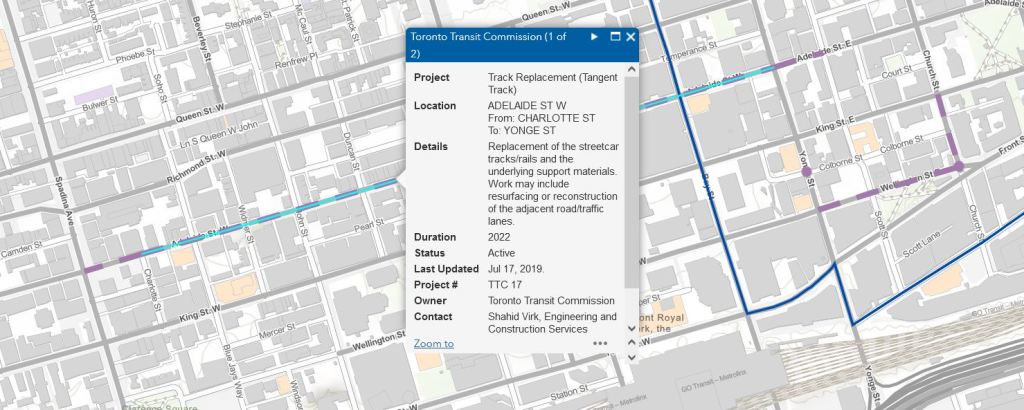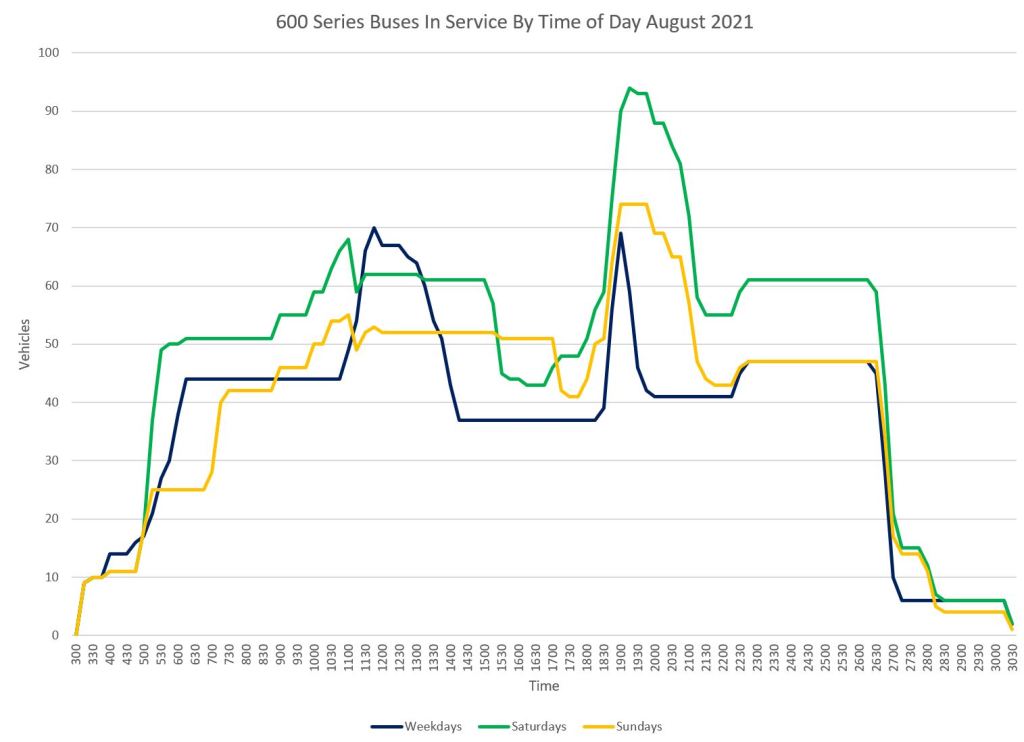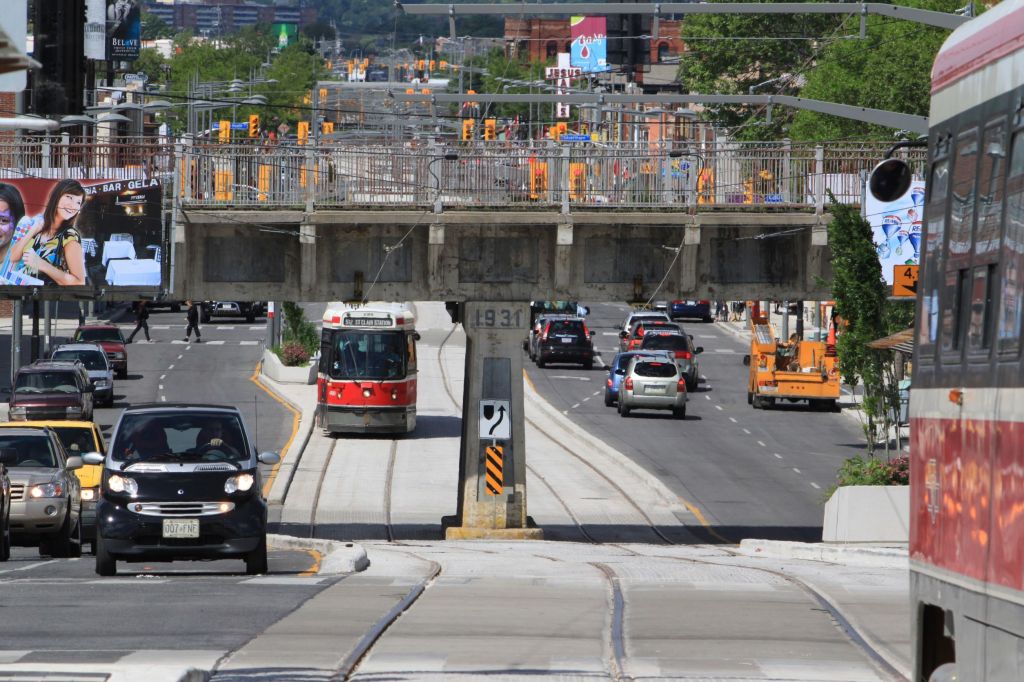In a recent Metrolinx Blog article (Phil Verster explains the network effect and how it will create new transit possibilities for generations of customers), the CEO discusses how the presence of a frequent, well-connected network of transit will change the way people move around the Toronto area.
This is little surprise to those who long advocated for a view of transit that addresses not just core area commuter traffic, but the wider need for travel around the region without using a private vehicle. GO Transit was conceived as an alternative to highway building in the 1960s, but expansion beyond relief for core-bound highway traffic is minimal. One need only look at traffic on Highway 401 (among others) to see the scale of travel markets that have not been addressed by transit in the past half-century.

Verster’s focus is the GO Expansion program. Important though that is, GO is hobbled by the geography of Toronto’s historical, radial railway network. There is only one cross-city line within Toronto (CPR) and one crossing the southern part of York Region (CNR). Both of these are busy freight routes where insertion of passenger services would be challenging, assuming that the railways even agreed to such a scheme, and their locations do not coincide with major population and job centres.
The railway network was created primarily to serve freight, and the early industrial districts of the region lie along rail corridors. The node at Union served not just passenger traffic, but also as an interchange with the harbour. That was very much the case until trucks took over much of the shipping market and highways became the focus for development. GO Transit inherited railway corridors whose locations fit a century-old industrial pattern. Modal interchange shifted to rail and truck terminals in the suburbs, and railways shifted much more to a line-haul role with trucks handling local distribution.
GO’s first half-century was a comparatively easy one taking the low-hanging fruit of existing rail corridors, building massive parking facilities along these lines, and basking in the arrival of thousands of commuters. That model does not work any more because the web of travel demands is much more complex than the legacy railway network. Parking garages are expensive and they occupy valuable real estate at stations.
Parking lots are a quick and relatively cheap way to address the “last mile problem” of linking stations to their customers, and GO is one of the largest operators of parking facilities in North America. As of April 2019, GO transit had 85,055 parking spaces while the rail network carried 219,000 daily boardings (the equivalent of 109,500 round trips). That is almost four parking spaces for every five commuters. (I have ignored the GO bus network here because it is much less dependent on park-and-ride demand.)
That model simply does not scale up, nor does it provide a “network effect” because it is highly dependent on personal vehicles. The system is capacity-constrained by would-be riders’ ability to get to the trains.
Continue reading

